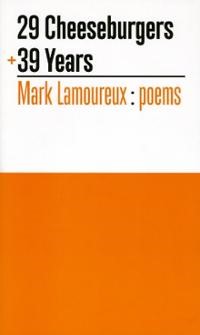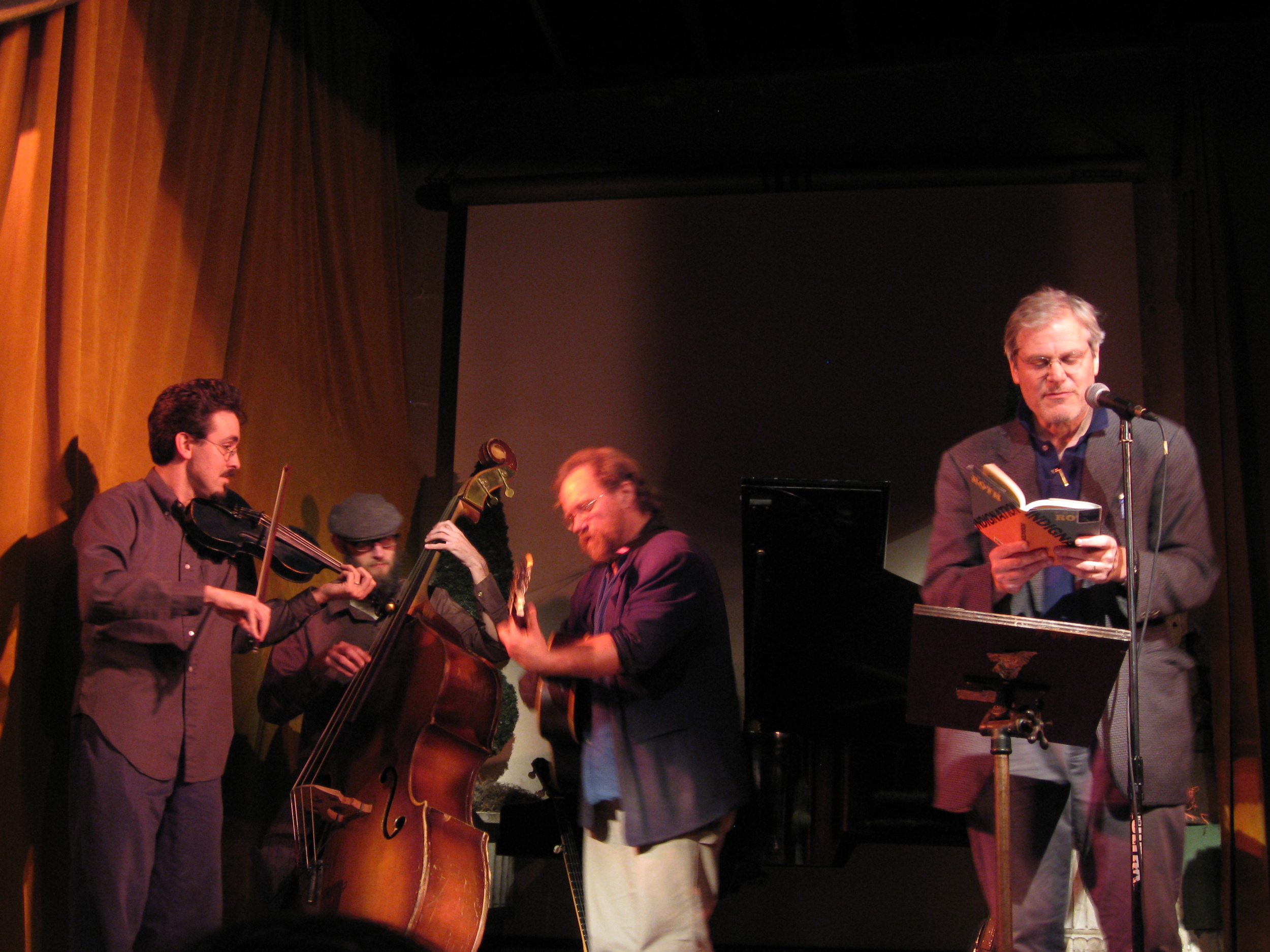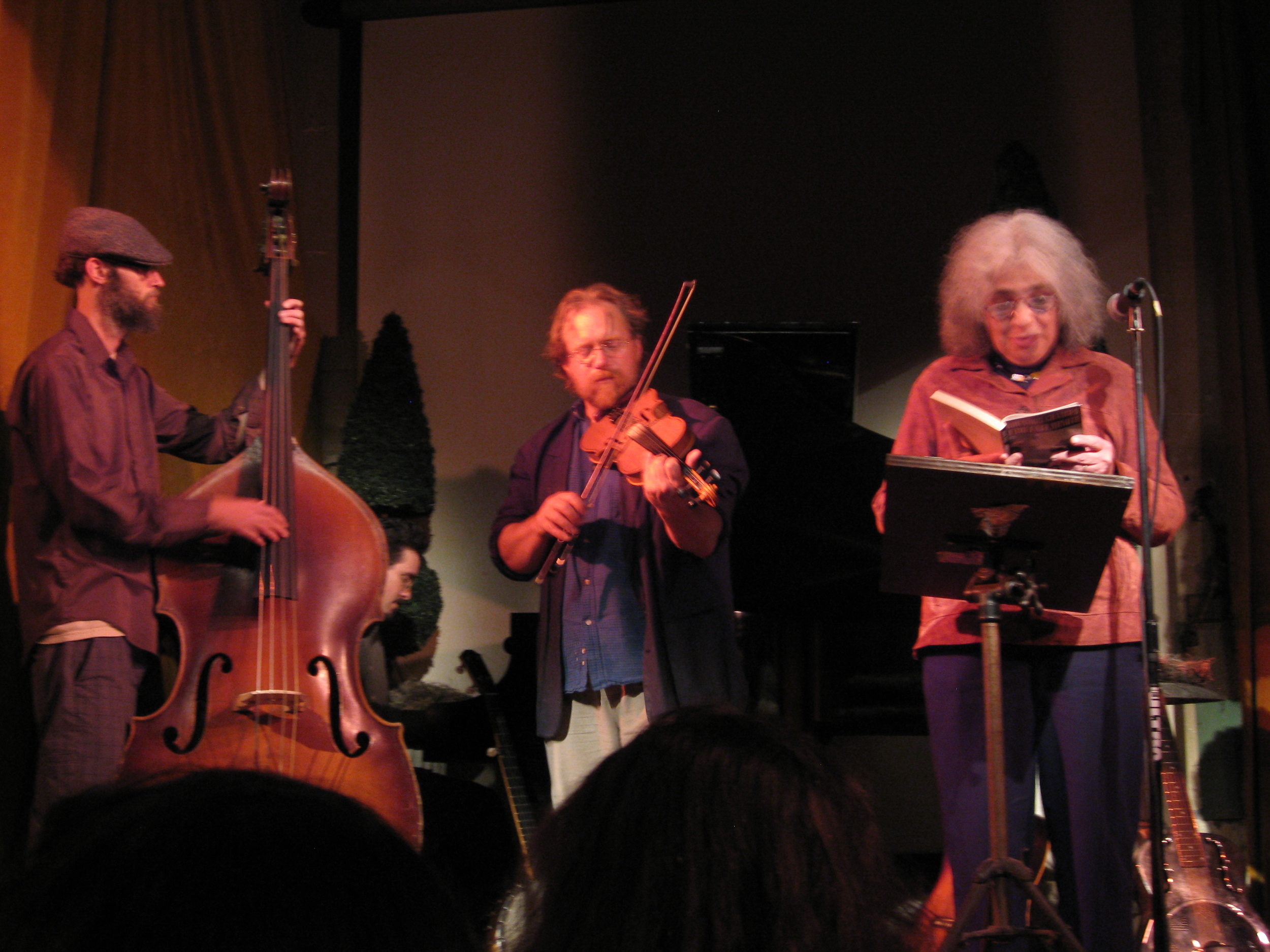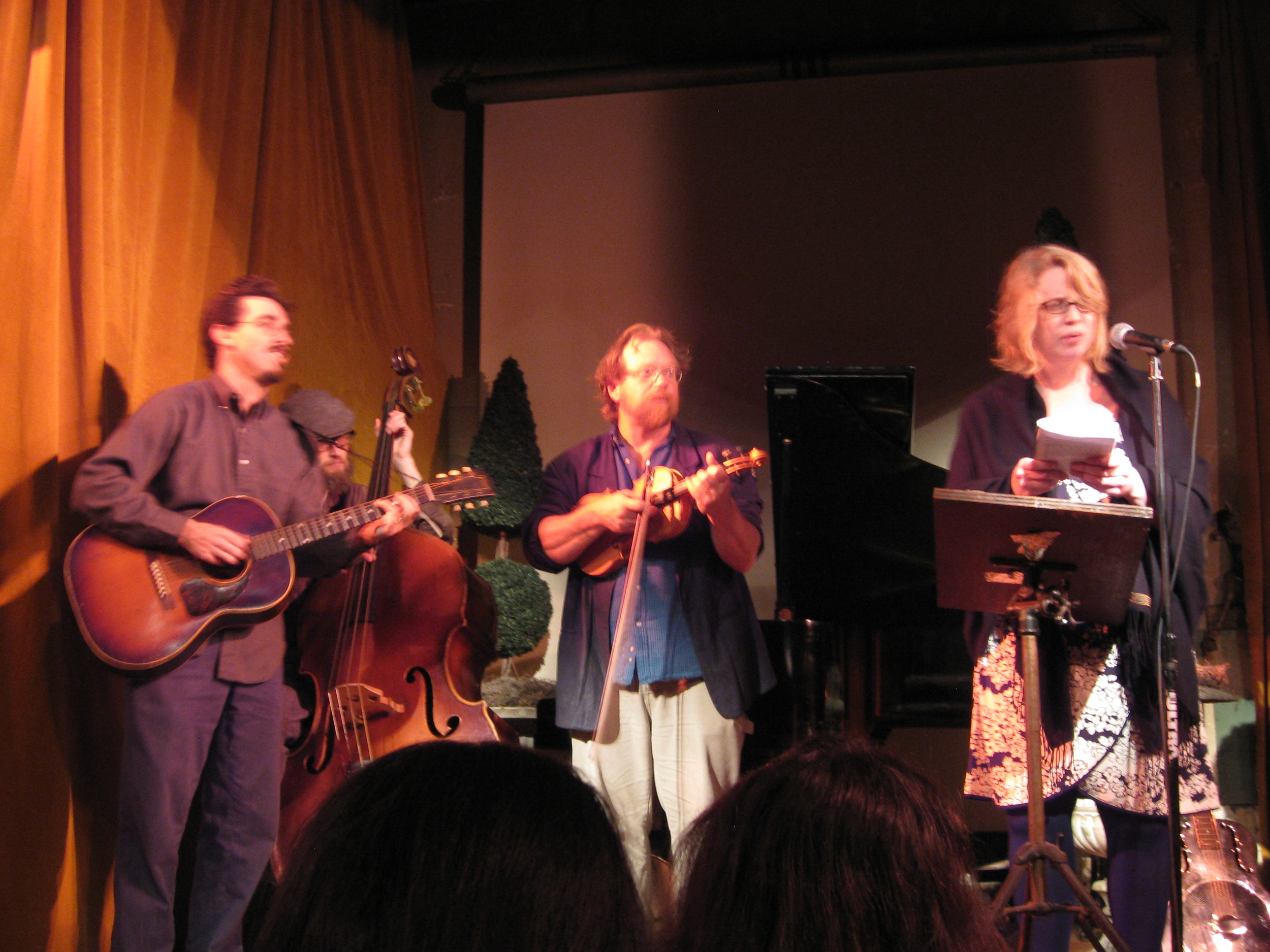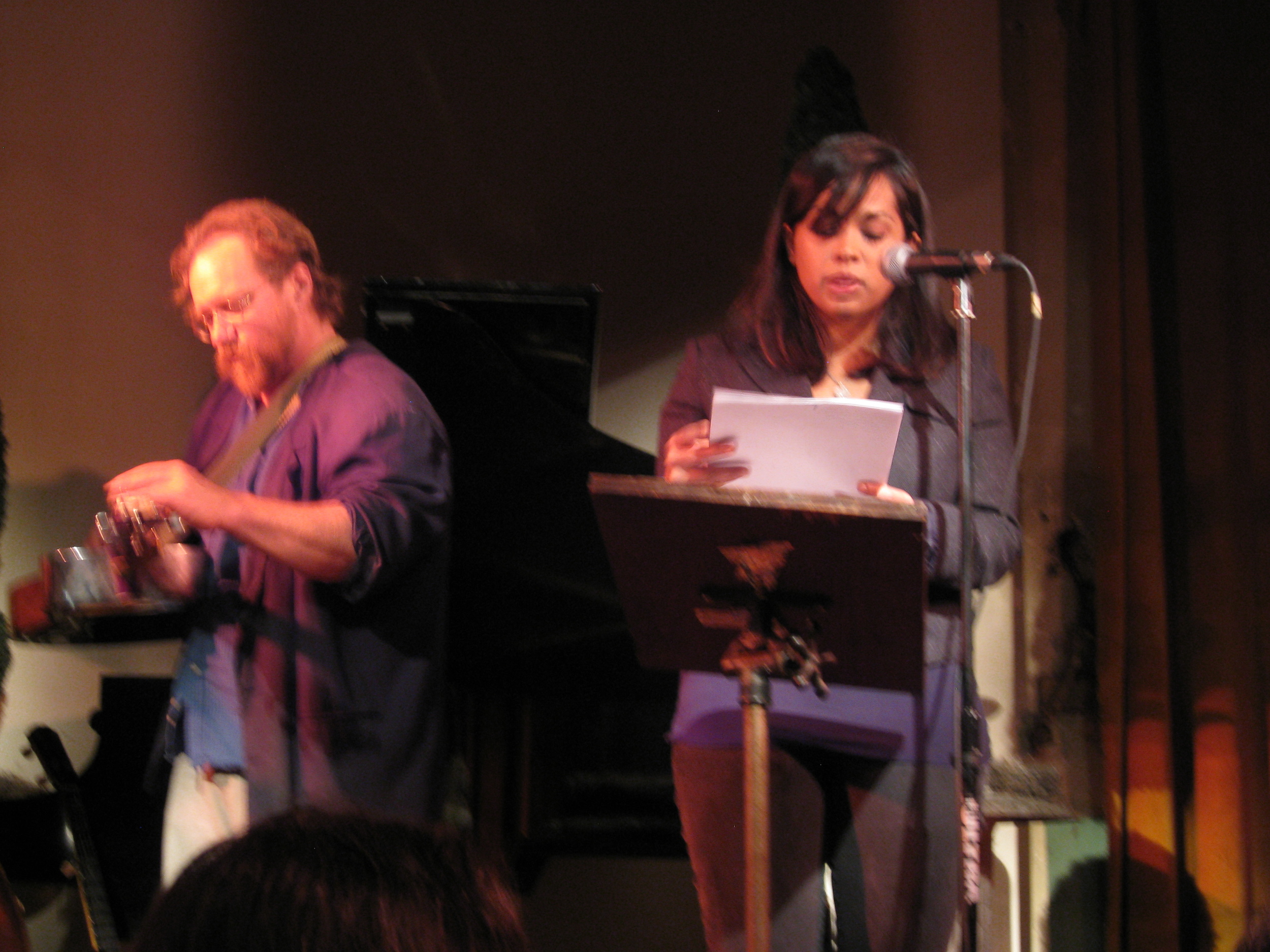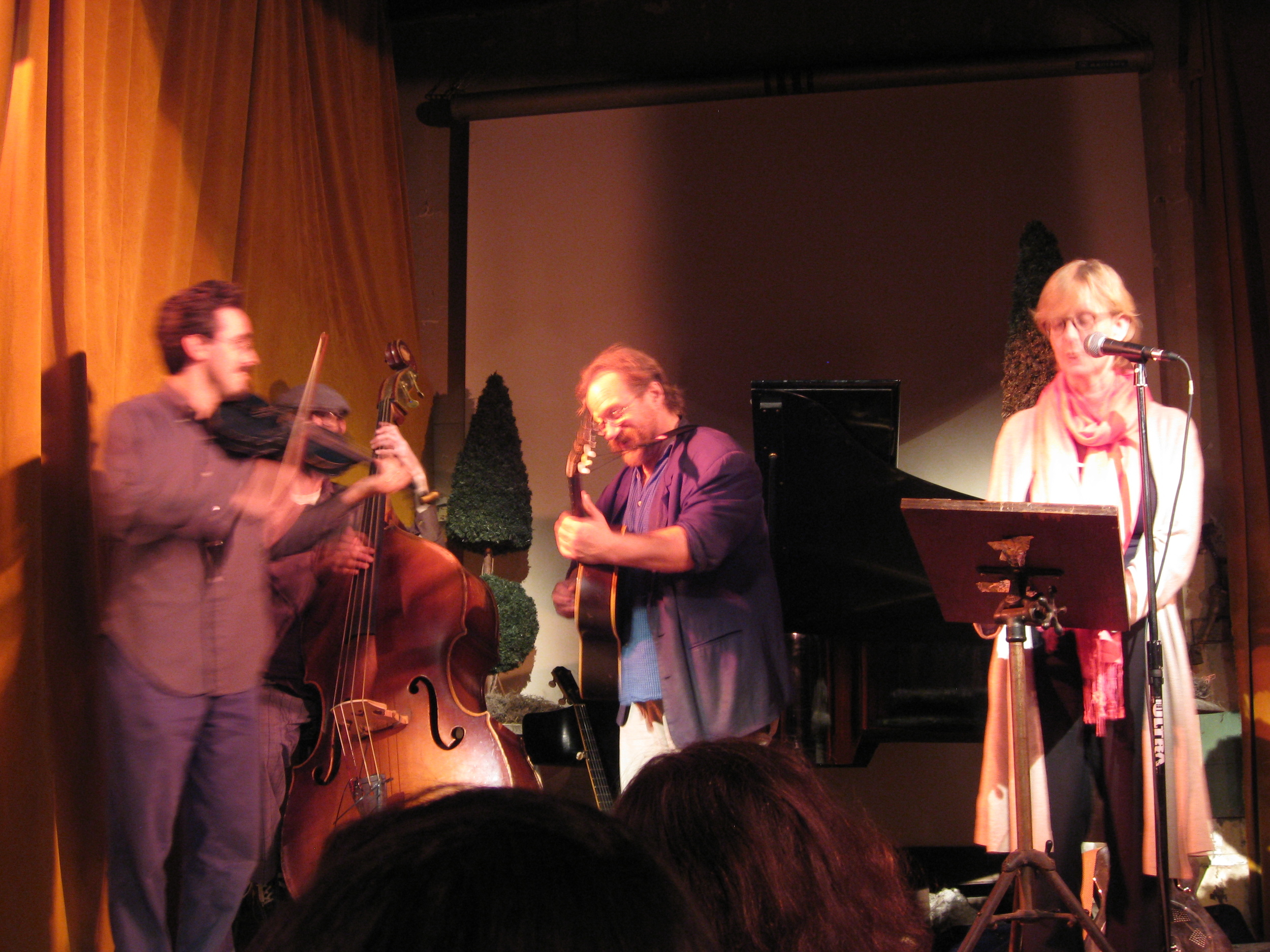 James Berger’s first book, Prior (BlazeVOX, 2013), is not so much a collection as it is a condensed career. Drawing on decades of poems, Berger compresses his past into a book. We don’t read for a dominant theme but rather to see the different threads revealed. And yet this is also not a “selected,” where the volumes drawn from would be clearly marked. Berger has compiled his poems, we might say, and chosen an arrangement for them. And that’s what we read.
That said, we can isolate different versions of Berger the poet, and different interests over time. The book is divided into four sections, linked by recurring short poems entitled, severally, “Prior to Earth,” “Prior to Air,” “Prior to Water,” but the sections seem to blend the kinds of manner to which Berger is prone. There is the abstract poet, pursuing a more disembodied style, where a sense of language is the key pursuit; there is the family man poet, who reacts to a death, to the birth and growth of his children, who reflects on his sisters, and explores the imaginative dimensions of marriage; there is the discontented commentator on culture and, to use the Onion’s phrase, “our dumb century,” a poet who finds little enough to praise and chafes at his status quo; then there is the more profound poet, who sees that the purpose of poetry, after all, is its ability to contain life and thought, the actual existence and the virtual existence. Poetry may be cloying if it tries to be wisdom literature, and Berger is too ironic toward language to endorse gestures too large, but moments of careful reflection surface due to the poet’s willingness to attend to the implications in a turn of phrase, a new shade of the mind.
James Berger’s first book, Prior (BlazeVOX, 2013), is not so much a collection as it is a condensed career. Drawing on decades of poems, Berger compresses his past into a book. We don’t read for a dominant theme but rather to see the different threads revealed. And yet this is also not a “selected,” where the volumes drawn from would be clearly marked. Berger has compiled his poems, we might say, and chosen an arrangement for them. And that’s what we read.
That said, we can isolate different versions of Berger the poet, and different interests over time. The book is divided into four sections, linked by recurring short poems entitled, severally, “Prior to Earth,” “Prior to Air,” “Prior to Water,” but the sections seem to blend the kinds of manner to which Berger is prone. There is the abstract poet, pursuing a more disembodied style, where a sense of language is the key pursuit; there is the family man poet, who reacts to a death, to the birth and growth of his children, who reflects on his sisters, and explores the imaginative dimensions of marriage; there is the discontented commentator on culture and, to use the Onion’s phrase, “our dumb century,” a poet who finds little enough to praise and chafes at his status quo; then there is the more profound poet, who sees that the purpose of poetry, after all, is its ability to contain life and thought, the actual existence and the virtual existence. Poetry may be cloying if it tries to be wisdom literature, and Berger is too ironic toward language to endorse gestures too large, but moments of careful reflection surface due to the poet’s willingness to attend to the implications in a turn of phrase, a new shade of the mind.
In the first section, “In the Shape of Breathing,” the dominant mood is the poet’s discontentment with himself and his world. “He asks his father, ‘Am I Oedipal?’” Almost a joke, the question is answered, “Of course not, no one will harm you.” Which, of course, is a tremendous lie. The harm of attachment is interrogated again and again, as the poet tries on alternative lives (“There is always some slim girl”), which seem to include becoming a nature poet, and is haunted by “My sister and her beautiful serious face,” and reflects on, more than anything, the attitude one should wear toward a life that inevitably disappoints.
The section opens with a 10-part poem called “In the Shape of Breathing” (“What have I lost— / the whole fucking deal that’s what—“) that sets a tone anxious and defeated. Toward the end of the first section, “A Place to Start” alerts us to all the things the speaker doesn’t have to do or be: “live forever or be happy”; “I don’t have to be good in bed”; “I don’t have to exude anything.” The idea that “Life might have turned out differently” produces, we might say, mature reflection upon the poet’s task: “seeing it through / all the way / as it is.” Insisting “the imagination has no right / to metamorphosis,” we can see that, “Oedipal” or not, the poet is in a struggle with those who would use poetry as wish fulfillment, or as means to avoid or obscure “the deep, daily commitment to this life’s / limits and needs.”
Section II, “New Resolutions of Memory,” seems to kick back at the notion of a poetry adequate to life as it is lived. The title poem of the section plays with recurring phrases, detached from their referents, seemingly, but still able to be turned to account: “I’ve always found occasional schools / of children living in ruins, / hiding from vehicles. / Everything I’ve loved / will take you away from us.” The entire section is given over to a different sense of poetic possibility—“Word-photons,” “The only thing open is wild / experiment.” And yet a phrase on the first page of the section—“My heart accepts its pitch”—keeps open the sense that discourse on form and on the daily encounters with the assaults of our time (“The Children of Terror”) cannot distract, ultimately, from poetry as operations upon the self: “Tacit” considers as inadequate a theory of writing that has left out of account, till now, the human dimension of a family affliction, and “Epithalamium: The Contraption” has the courage to imagine marriage as a kind of surrealist machine, using all it comes upon in untold and unpredictable ways: “A million parts churn and fidget, we have no idea what’s going on.” Here, the anxious and defeated tone gives way to something more definite, grasped, perhaps, in the final line of “New Resolutions”: “Later, mature, you will enter one.”
Part III, suitably enough, is called “The Enclosure”, and we might say that here we find Berger restlessly at home in his house of poetry, bending his attention on the ways in which the world can still fuck up our best intentions, and having fun at its expense: “There may be a Malthusian problem. / There may be a problem of vaguely defined invasiveness, / It could mean zombies.” “Civilization Credits” even smacks of the truly satiric toward our age of scarcity (for the many) and ludicrous abundance (for the few): “Eternal dominance is the price of comfort. / Amnesia is the prerequisite.”
The main poem of this section is not the title piece, but a 17-part poem called “The Fragilist.” This figure—in some respects an alter-ego—confronts the task of concocting poisons, of registering Jewishness in the figure of Mosiach, of rebounding from imaginative recreations of pregnancy and of making pregnant, of parental injunctions and moments of instruction, of becoming an object: “poured to a shape, / unable to blink; / the same baked function.” Other poems investigate, again, roads not taken (“I could have turned a hundred times”), the burden of family (“I See Where it Leads”), and the “vaguely defined invasiveness” that demands a poetics, a project. Berger hits upon, in place of poetry workshops, the poem makeover TV show, and pronounces his rather more morose goal: “to slog / my mortality in the dried vein / of lyric.”
In Part IV, “I Do Return, I Keep Returning,” we could say the poet has found his way to live up more directly to the injunction about “the deep, daily commitment to this life,” with poems about middle-aged love (“Return”), his daughters’ naming (“The Naming”), a story about, seemingly, ancestors—two sisters (“Sara and Lili”)—and poems that, like “My Goal” and “Only Happiness,” attest to the poet’s struggle to undertake the most quotidian of cares—fatherhood—while retaining a right to his own imagination.
My aim, which is my goal, is to love babblerockthis semblance, ordering of bordering babblerockbatshitdubreturn to the true strophes bbbbbbbbbbbbbbbbbbbbbbbbbbbbbbbbbbbbbbbbbthat delineate the catastrophe.
(“My Goal”)
The most problematic poem in the final section, wherein Berger seems to become a much more plainspoken poet, is called “The Art of the Future,” for there we find the poet trying as many pirouettes as possible so as to keep up a hope in an inspiration still to come, while returning to formal experiments dating back to W. C. Williams at least:
theWhat makes it theWhainteresting eWhat thmaare the changes. What makes it theWhatare the changes themakesarewhat makes theWhataretheit interesting are thechangeswhat makes the thechanges.whatchanges arethecthe what makes it changesthewhatwhat makes changestheit interesting changesthe changes
Throughout the book, Berger flirts with what used to be called “confessional poetry”—the poetry that assumed an existential continuity between the author and the speaker of the poem, so that everything said reflected on an autobiographical self. Berger, who studied with Kenneth Koch, is too much an ironist and a lover of the self-animated phrase to allow his poems to reduce to one man’s experience. And yet, there is a presence in the poems that we accept as the peculiar in-dwelling of James Berger as he tries to reflect and represent the world as he knows it and the world as he projects it. As “The Art of the Future” warns: “Don’t mistake / my intention / for intention.” Berger reserves the right to elude his own formulations through radical skepticism, perhaps, but, in middle-age, we may see that he was all along a poet of retention, that rather than having lost “the whole fucking deal,” he has kept it—and at it – all along and after all.
One wonders, then, what work this lengthy debut will be “prior” to.
James Berger Prior BlazeVOX [Books] 2013
James Berger, a resident of New Haven and a Senior Lecture in American Studies at Yale, reads with Joel Lewis, Saturday, March 29, 7:30 p.m., at Infinite Well LLC, 123 Court Street, New Haven.

